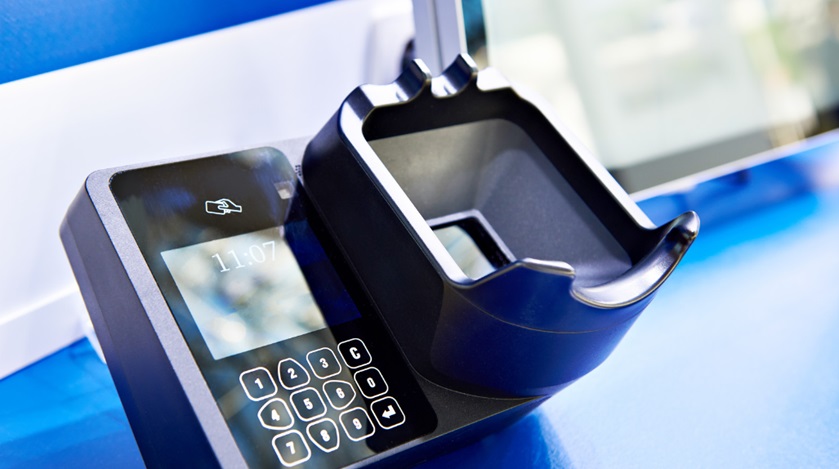In today’s fast-paced digital landscape, implementing strong security measures has emerged as a critical priority for both businesses and individuals. Recent technological advancements have opened the door to innovative security solutions that not only bolster protection but also streamline access management. One such groundbreaking approach is biometric access control, which has become increasingly prevalent across various sectors. This cutting-edge technology leverages unique biological traits such as fingerprints, facial recognition, and iris scans to authenticate identities, thus offering a higher level of security compared to traditional methods.
Enhanced Security Through Biometrics
Biometric systems provide a more secure access control solution by eliminating the reliance on physical keys or easily hackable passwords. Understanding how biometric access control systems enhance security in a digital age offers an insightful understanding of how these systems work to protect sensitive data. This approach minimizes the risk of unauthorized access, deterring potential breaches and protecting valuable assets.
Advantages Over Traditional Security Methods
Traditional security measures often involve PIN codes, passwords, or identity cards, all of which are susceptible to being stolen, lost, or forgotten. In contrast, biometric data is unique to each individual and cannot be easily replicated or transferred. Consequently, this results in a more reliable and efficient security system. Moreover, the convenience of not having to remember or constantly carry access credentials simplifies the user experience significantly. Biometric access methods can also be easily integrated into existing security systems, making it a feasible solution for businesses of all sizes.
Increased Accuracy and Efficiency
Biometric identification offers a higher level of accuracy compared to traditional security methods. With the use of advanced algorithms and sophisticated technology, biometric systems are able to accurately verify an individual’s identity within seconds. This not only reduces the risk of human error but also speeds up the authentication process, resulting in increased efficiency and productivity.
Applications Across Industries
The versatility of biometric access control has made it an attractive option across various industries. From large corporations to small businesses and educational institutions to healthcare facilities, biometric systems are being utilized for secure access management. This technology is particularly useful in highly sensitive areas such as data centers, research labs, and executive offices, where strict access control is essential.
Conclusion
The use of biometric access control systems offers a multitude of benefits over traditional security methods. From enhanced security to increased accuracy and efficiency, this innovative technology has become an integral part of modern-day security solutions. As more businesses and individuals recognize the advantages of biometric identification, it is expected to continue growing in popularity and become the primary choice for secure access management.
Frequently Asked Questions
1. Can biometric access control systems be integrated with existing security systems?
Yes, biometric access control systems can be easily integrated with existing security systems.
2. Are biometric identification methods expensive?
While the initial cost of implementing biometric systems may be higher than traditional methods, the long-term benefits and increased security make it a worthwhile investment.
3. Are there any privacy concerns with biometric data?
Biometric data is securely stored within the system and only used for authentication purposes. As such, there are no significant privacy concerns associated with its use. # Frequently Asked Questions


